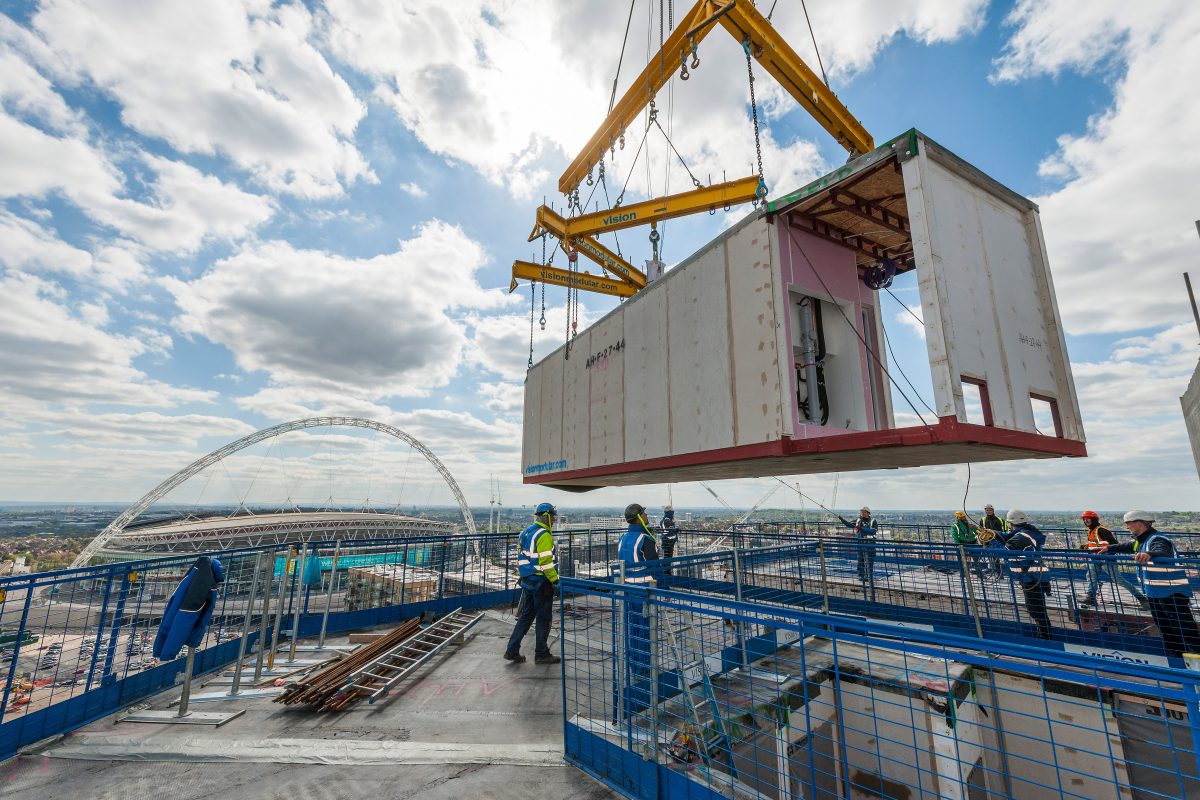November 23, 2024
Exploring Modular Construction: The Future of Building
Modular construction is transforming the construction industry with its cost-effectiveness, speed, and sustainability. This blog delves into how modular building works, its benefits, and its potential to revolutionize real estate development.

7 minute read
Exploring Modular Construction: The Future of Building
Modular construction has emerged as a game-changer in the construction and real estate industries. Unlike traditional construction methods, modular construction involves manufacturing building components in a factory setting and assembling them on-site. This innovative approach is not only faster but also more cost-efficient and environmentally friendly.
How Modular Construction Works
In modular construction, individual building modules are designed and fabricated in a factory. These modules are then transported to the construction site, where they are assembled to form the complete structure. The process is highly efficient and allows for simultaneous on-site preparation and off-site manufacturing.

Benefits of Modular Construction
- Speed of Construction: Modular construction can reduce project timelines by up to 50%. While the factory produces building modules, the site is prepared concurrently, significantly speeding up the overall process.
- Cost Savings: By manufacturing components in bulk in a controlled environment, developers can save on labor and material costs. Additionally, the reduced construction time lowers overall project expenses.
- Sustainability: Modular construction generates less waste compared to traditional methods. The factory setting ensures precise material usage, while the reusable nature of modules minimizes environmental impact.
- Quality Control: Factory conditions provide better quality control compared to unpredictable on-site environments. This leads to more consistent results and higher-quality buildings.
Applications of Modular Construction
- Residential Projects: Modular homes are becoming increasingly popular for their affordability and quick assembly.
- Commercial Buildings: Hotels and office spaces benefit from the scalability and efficiency of modular construction.
- Healthcare Facilities: Hospitals and clinics often rely on modular construction to meet urgent infrastructure needs.
Challenges in Modular Construction
Despite its benefits, modular construction faces several challenges. Transportation of large modules can be costly and logistically complex, especially in urban areas. Additionally, local building codes and regulations may not always align with modular designs, requiring adjustments that can delay projects.
The Future of Modular Construction
As technology advances, modular construction is expected to become even more efficient and versatile. Innovations like 3D printing and robotics are already being integrated into the process, enabling greater customization and reducing costs further. Moreover, with the global emphasis on sustainability, modular construction aligns perfectly with the demand for eco-friendly building solutions.
Real estate developers are increasingly recognizing the potential of modular construction to address housing shortages and meet tight project deadlines. In fact, industry experts predict that modular construction could account for 10-15% of the total construction market by 2030.
Conclusion
Modular construction is not just a trend—it’s a paradigm shift in how buildings are designed, constructed, and delivered. By embracing this approach, developers can achieve faster, cheaper, and greener outcomes, making it a vital tool for the future of real estate development.
